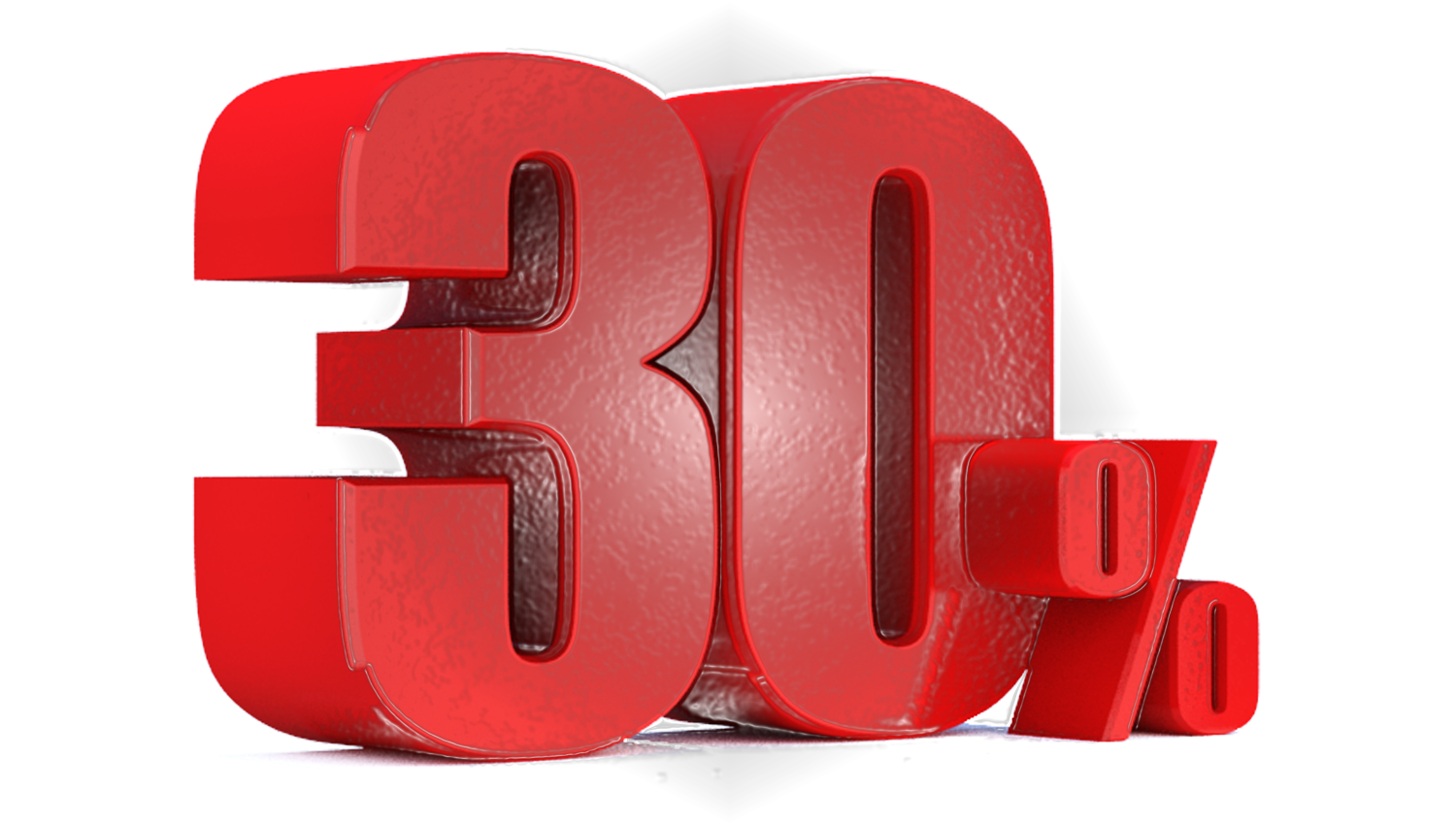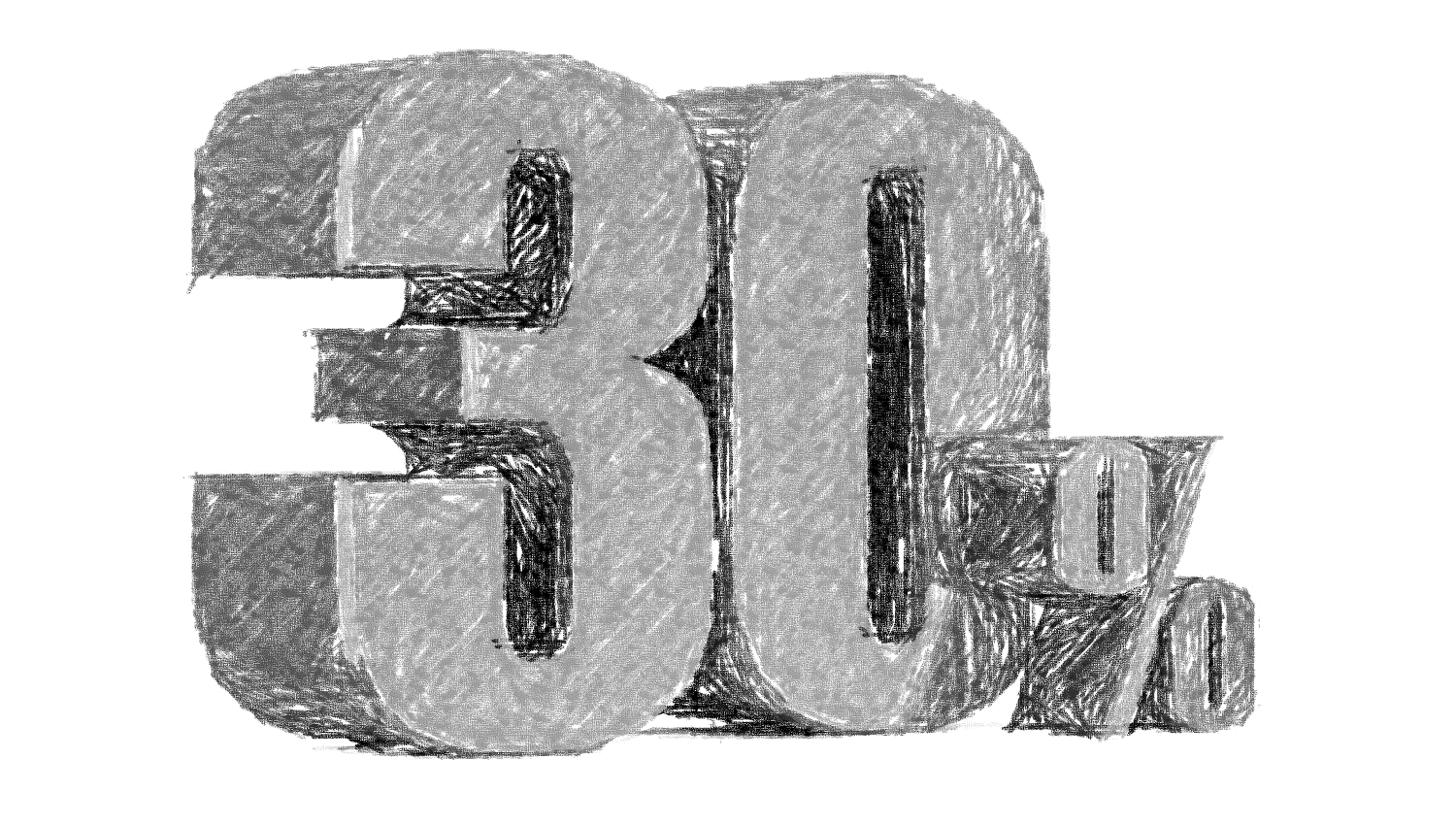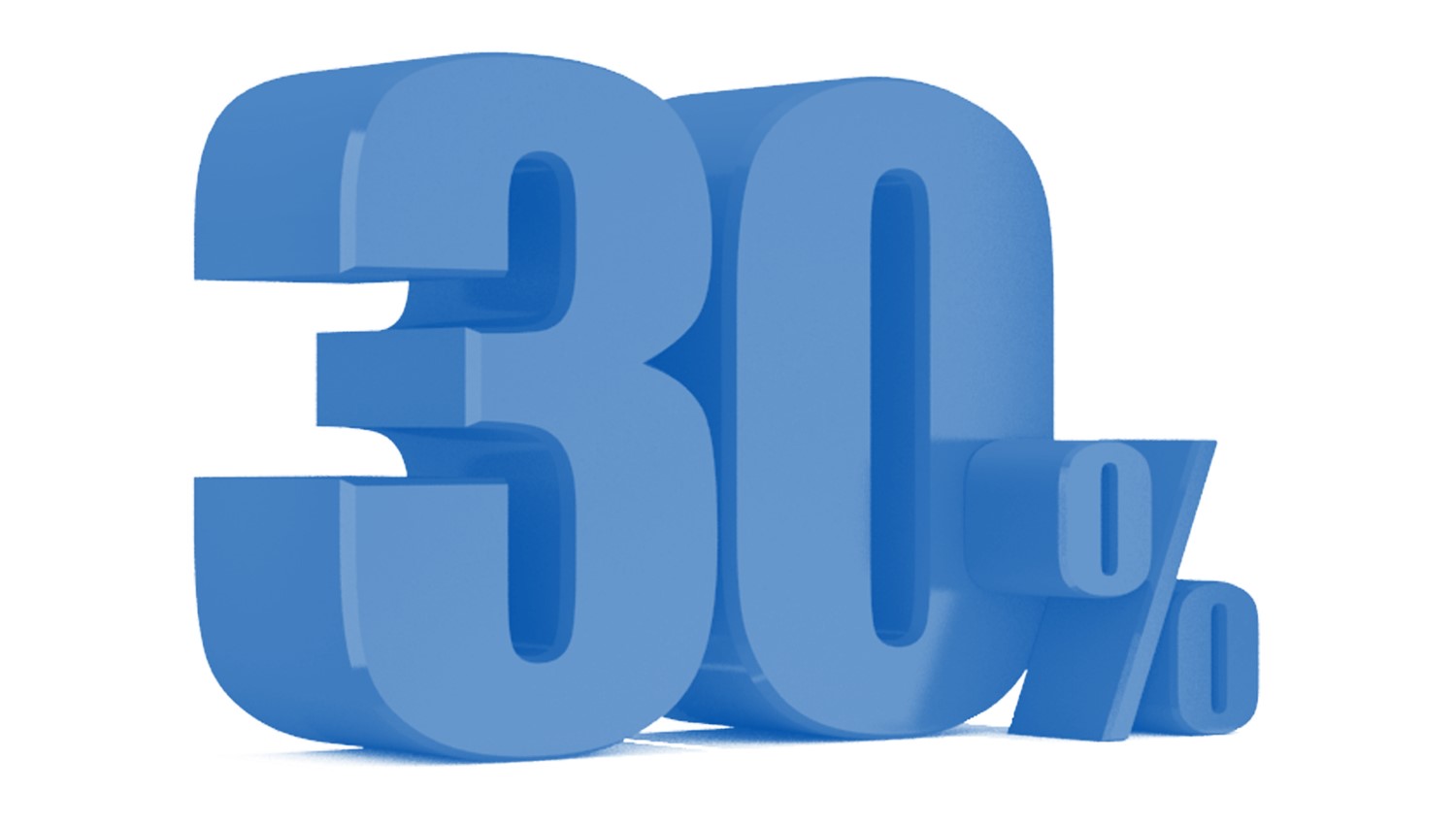
We’ve all known people with the intuitive ability to look at a tangled, complicated mess…and brilliantly simplify it.
It’s one of the reasons companies hire outside consultants. Our company has been no exception. When we’re on our game, we’ve been able to help stations at the companies that own them navigate their way through the many changes that have impacted the worlds of media, audio, and entertainment. It’s challenging to be dropped into a troublesome situation, tasked with trying to figure out how to find a pathway to success.
But when you’re looking at entire organizations and some truly complex problems, there are only a handful of people who have the knack – the ability to assess difficult situations, and lay out not just an escape plan, but a turnaround strategy that can be effective in both the short-term and over the long haul.
When he made his return to Apple in 1997, that’s precisely what Steve Jobs was facing. His old company had gone astray. As Justin Bariso writes in Inc., “Steve Jobs Used the 30 Percent Rule to Bring Apple Back From the Dead (It’ll Work for You, Too,” it was a simple strategy that helped the company succeed well into this day.
So what is “The 30% Rule?”
In evaluating the layout of the land at Apple late in the last century, Jobs concluded that about 30% of the products in the pipeline were amazing. Unfortunately, while the rest had merit or even potential, they often represented businesses that weren’t essential to the Apple brand.
The key was to “edit those projects” – pare back the company’s resources and investments to a handful of initiatives that had the chance to be very successful.
When considering today’s radio environment – competitive, pressurized, and facing major struggles on both the content and marketing fronts – this simple focus on roughly the top third of a company’s plans has much merit.
Having a lot of irons in the fire may sound like a smart plan, but given the distractions of technology and communications, it is easier than ever to fall victim to the temptations of trying to do too many things – and accomplishing none of them.
In the case of Apple, it meant drilling down the company’s various projects by selecting the ones with the strongest potential. And now, in retrospect, we know that’s where iPod, iPhone, and later iPad came out of. Sometimes, it requires concentrating on the initiatives that have the best chance at making an impact.

Oddly enough, we tend to forget about this. Most of us don’t remember some of the not-so-innovative products Apple developed in the ’80s and ’90s – the Macintosh TV, the Newton MessagePad (a PDA), the Pippin (a combination gaming console and network computer), the Quicktake (a digital camera), and even a mouse called the Apple USB, better known as the “Hockey Puck” (pictured left).
The road to the amazing iPod was littered with some truly mediocre, ill-timed, and ultimately unnecessary products.
And when you think about your radio station (or radio companies), how many of these are littering the airwaves, sales pieces, or the company workbench where new products are created?
The digital revolution for radio has been a very up and down experience for most radio companies. As radio broadcasters attempted to ramp up various digital products, they certainly all haven’t been good…or profitable. And oftentimes the complaint you hear from sales reps is that they have too many products to sell.
On the cluster level, that same dilemma can occur with the number of stations in the building. When  you’re trying to succeed in any sized market with a half dozen radio brands, there will be losers. And too often, the weakest stations will siphon money, staff, time, and attention from the, say 30% of brands in the group that are truly the strong ones – the stations worth investing in.
you’re trying to succeed in any sized market with a half dozen radio brands, there will be losers. And too often, the weakest stations will siphon money, staff, time, and attention from the, say 30% of brands in the group that are truly the strong ones – the stations worth investing in.
We also know that sales teams gravitate toward the best brands anyway, often leaving the other 70% in a position where their inventory goes unsold, is bonused, or carries cheap remnant and network ads.
Conversations with podcasting divisions or companies that specialize in on-demand audio talk about similar growth impediments caused by a lack of focus. When you’re tied up producing too many programs, it makes it even more challenging for the truly great ones to receive the time and attention they deserve in order to maintain or grow.
This week, we’re releasing the results of our Public Radio Techsurvey 2020. It is loaded with great findings that help define the state of the audience amidst a global and local pandemic.
 As we send out the local results to our more than 50 stakeholder radio stations, I know the data can be overwhelming. There’s a lot of it. And I am often asked to identify the findings that are most relevant and actionable.
As we send out the local results to our more than 50 stakeholder radio stations, I know the data can be overwhelming. There’s a lot of it. And I am often asked to identify the findings that are most relevant and actionable.
Of course, it varies by station and situation. (Don’t you love when consultants say that?) But when it’s a choice about how to promote a station’s digital assets, like smart speakers, apps, podcasts, etc., I advise programmers to narrow their focus, and “flight” their promotional campaigns.
Whether it’s on the air or in email campaigns, when you try to promote too many things, listeners tend to retain very little of your messaging. When you focus your efforts on one thing at a time, it is almost always more effective.
The same is true in social media. While it is important to have a presence wherever your audiences congregates, it is highly difficult to achieve social success when you’re trying to work three, four, or more platforms every day.
You see it on station websites – those “flippers” on the home page that rotate through a half dozen (or more) different promotions, events, or features. How many truly cut through?
In good times, it is tempting to expand investments, branch out, and create more product lines. But when things get tight – like they are now – a focus on the most important projects, endeavors, and initiatives just makes more sense.
the most important projects, endeavors, and initiatives just makes more sense.
Perceptual research in radio often boils down to a battle of winning key perceptions. Oftentimes, I’ll hear programmers complain that their station should “own the streets” because (pre-COVID) their street team was out every night. Or they should win the hill for being “most involved in the community” because of the station’s work with so many charities, benefits, and great causes.
Yet, more often than not, doing too many things dilutes and depletes both energy and resources. And from the audience’s point of view, it all may just be a bunch of noise. A focus on a handful (or less) of big street events or meaningful community support projects can net better perceptions and build stronger brands.
At this moment in time as most broadcasters are facing the struggle of their lives, a Jobsian winnowing down exercise could prove to be the smartest things you’ll do, as we wrap up a tough year, and hope for a better 2021.
Whether it’s focusing your effort on the brands that have the best chance of performing well, working with air or sales talent with the best potential, or cleaning out the sales tool kit to zero down on the most effective products, “The 30% Rule” makes more sense than ever.
Thanks for the timely reminder, Steve.
You can download a deck of key findings for Public Radio Techsurvey 2020 here.
- Like A Pair Of Old Jeans - April 2, 2025
- What’s Fair Is Fair - April 1, 2025
- What’s On Your Bucket List? - March 31, 2025




The adage “Work smart, not hard” comes to mind. Steve was smart, Fred. You’re no dummy either, btw..
Always a work in progress, Ed. Thanks for reading the blog & for commenting.
Thanks Jacobs Media for the Public Radio Tech Survey. Hope NPR stations can practically apply. And, thank you Fred for the added focus on 30% of The Apple. Radio needs to laser focus on its lasting, connecting, comforting strengths. Even if it takes a little eye surgery to do it.
Thanks so much, Clark. And don’t worry about those lasers!